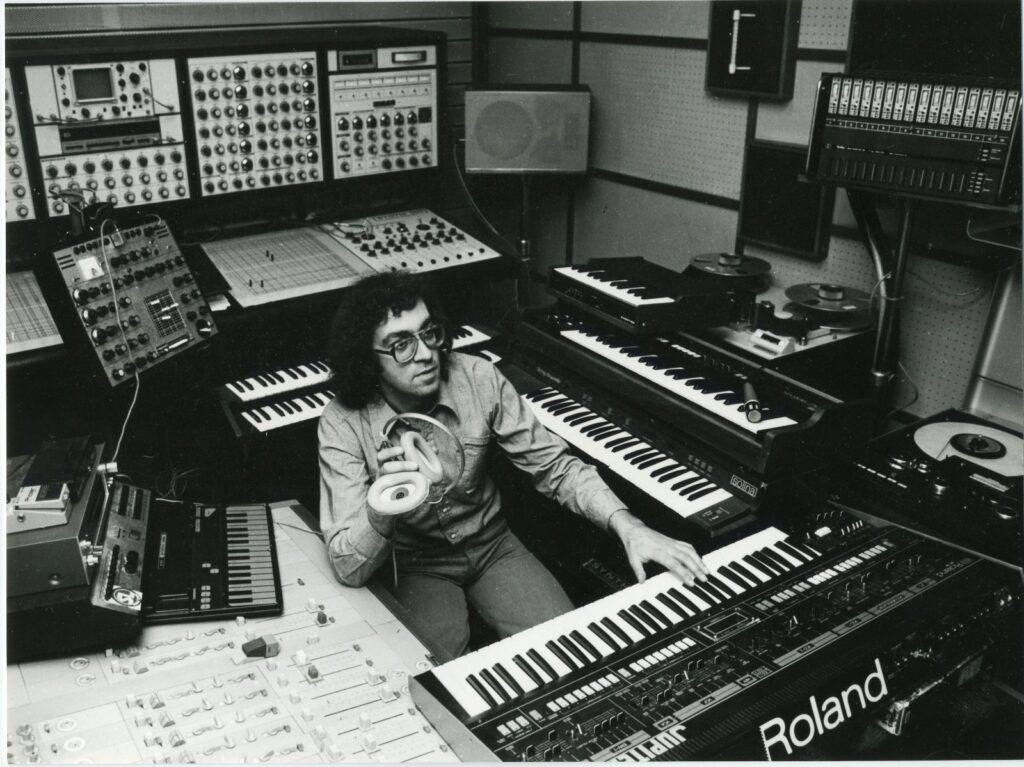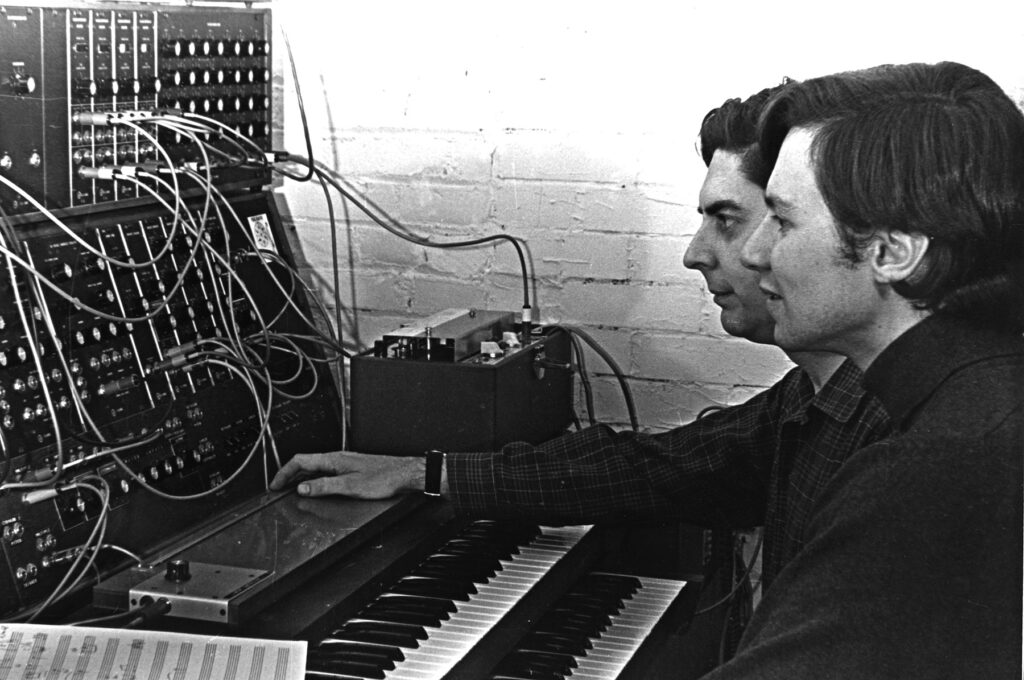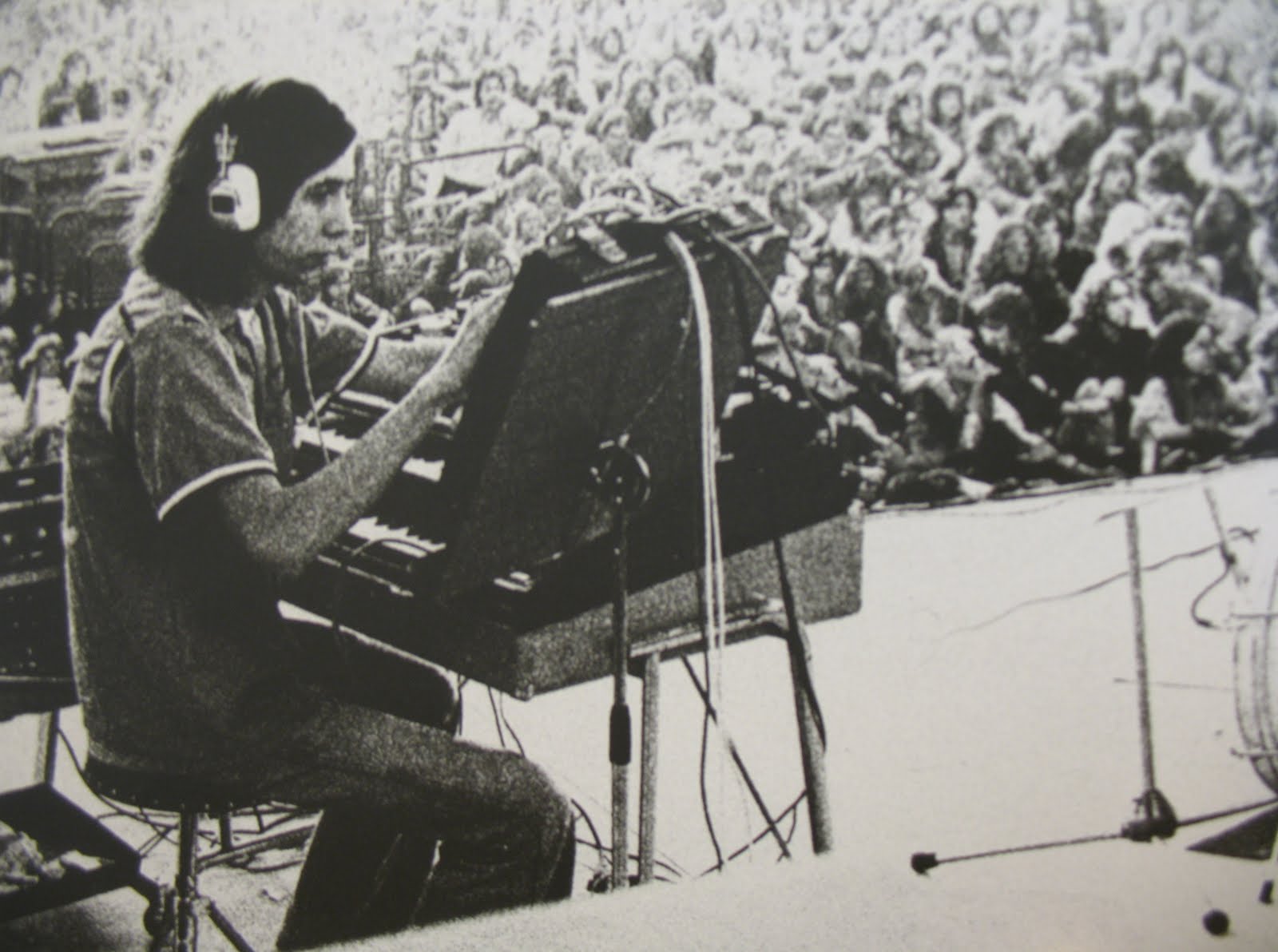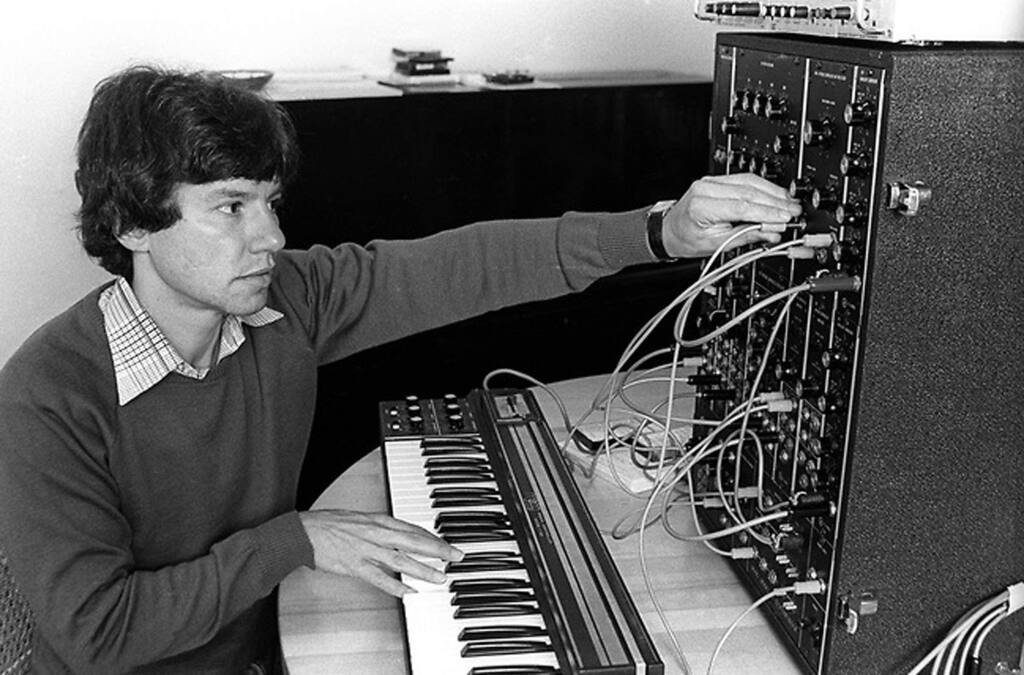Electronic music began as an adventurous exploration of new sounds and technologies. The earliest electronic instruments were born out of scientific curiosity and the desire to expand the boundaries of traditional musical form. These experimental electronic instruments laid the foundation for a radical shift in music creation. As electronic instruments influenced composers, they began to integrate these novel sounds into their compositions, signaling the beginning of a new era in music. For those wishing to delve deeper into this fascinating topic and seeking a personalized touch in their essays, the service write my essay by humans writer offers a unique opportunity. It ensures that the historical and artistic nuances of electronic music’s evolution are captured with the insight and sensitivity that only a human writer can provide. World War II played a significant role in the advancement of electronic music technology. Post-war, the availability of surplus electronic equipment, like the commercially produced tape recorder, opened new horizons for musical experimentation. Japanese composers began experimenting with these devices, creating unique soundscapes that had never been heard before. The tape recorder became a pivotal tool in the development of electronic music, allowing for the manipulation and transformation of sounds in unprecedented ways.
Exploring the World of Electronic Tape Music: Origins and Innovations
The first tape music concert, held in the mid-20th century, marked a significant milestone in the history of electronic music. This event showcased composed tape music pieces, using magnetic audio tape to create and manipulate sounds electronically. The creative tape recorder techniques used in these concerts demonstrated the immense potential of tape music as a new form of artistic expression.
Tape music concerts became a platform for showcasing the integration of natural and industrial sounds into musical compositions. Electroacoustic tape music, in particular, became a genre that blended electronically generated sound with acoustic elements, offering a novel musical experience. The use of tape music performed in these concerts illustrated the versatility and innovative nature of electronic music.
Through EssayPro, students learn to articulate their viewpoints with clarity and confidence, an ability that is invaluable in today’s fast-paced, communication-driven world. Whether it’s a persuasive speech for a class project or a keynote address for a student conference, EssayPro speech writing service is designed to elevate the student’s message and delivery.

The Electronic Music Studio: A Crucible of Creativity
The electronic music studio emerged as a hub for creativity and innovation. Famous electronic music studios around the world became the birthplaces of groundbreaking musical ideas and styles. These studios were equipped with the latest audio processing equipment, allowing artists to experiment with new sounds and compositions. In these studios, the first tape recorder compositions were created, pushing the boundaries of what was considered music. The electronic music studio was not just a place for recording, it was a laboratory for sonic exploration and the development of electronic music technology.

Pioneers and Innovators: Profiling Electronic Art Music Musicians
Electronic art music musicians were the trailblazers who shaped the landscape of electronic music. These pioneers experimented with new sounds and technologies, creating music that was often ahead of its time. Their work in electronic art music laid the groundwork for future genres and inspired generations of musicians. These musicians often collaborated with electronic studios, utilizing experimental electronic instruments and novel musical notation systems to compose their works. Their contributions to electronic art music were not just musical, they also advanced the field of computer music research.
The Fusion of Genres: How Electronic Music Transformed Pop Culture
Electronic music profoundly influenced pop and rock music. The advent of synthesizer music and basic electronic rock emerged in the mainstream, reshaping the sound of popular music. Pop and rock musicians began to incorporate electronic elements into their music, leading to the birth of new genres like electronic rock and pop electronic music.The fusion of electronic sounds with traditional pop and rock music created a vibrant and dynamic musical landscape. Dance music, in particular, benefited from the incorporation of electronic beats and rhythms, becoming a dominant force in the music industry.
Technological Advancements: Shaping the Future of Electronic Sound
Technological advancements have continuously shaped the evolution of electronic sound. The invention of the Musical Instrument Digital Interface (MIDI) revolutionized the way electronic instruments could be used and controlled, allowing for greater precision and complexity in compositions. The development of direct digital synthesis language and stand-alone digital synthesizers further expanded the capabilities of musicians to create purely electronic sounds. These technological innovations not only transformed the sound of music but also the way it was produced and performed.
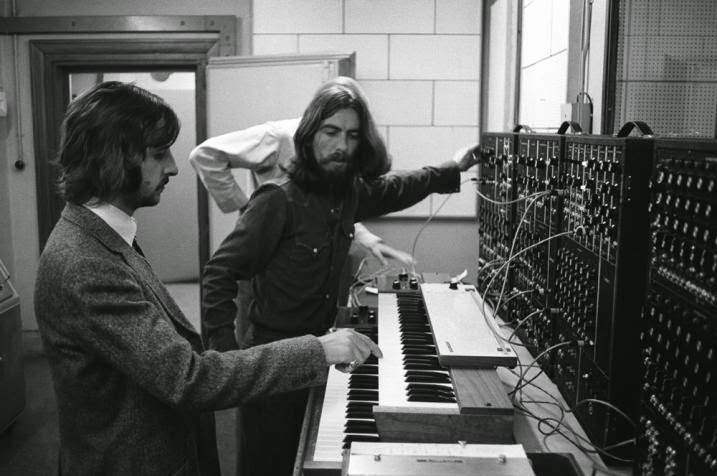
The Global Impact of Electronic Music: Cultural and Social Dimensions
Electronic music has had a significant global impact, influencing cultural and social trends worldwide. The genre transcends language and cultural barriers, uniting people through a shared love for rhythm and melody. Electronic dance music, in particular, has become a global phenomenon, with its pulsating beats and infectious energy resonating with audiences around the world.The influence of electronic music extends beyond the dance floor, it has become a crucial element in the electronic performing arts and commercial sound studios, shaping the soundtracks of movies, television shows, and commercials.
The Future Soundscape: Emerging Trends and Predictions in Electronic Music
The future of electronic music is as dynamic and unpredictable as its history. Contemporary electronic music includes a diverse array of genres and styles, from ambient soundscapes to high-energy dance tracks. The trend towards improvised electronic music indicates a move towards more spontaneous and organic forms of electronic sound creation. As technology continues to evolve, so too will the soundscapes of electronic music. The integration of artificial intelligence and virtual reality in music production is set to open up new realms of possibility, leading to even more innovative and immersive musical experiences. The future of electronic music promises to be an exciting journey, continually redefining the pulse of modern soundscapes.
As we venture further into the future, electronic music is poised to transcend traditional boundaries, blending with various forms of art and technology to create multi-sensory experiences. Imagine concerts where the music is not just heard but also seen and felt, with virtual reality (VR) and augmented reality (AR) providing immersive environments that react and evolve with the rhythm and mood of the tracks. These technologies could allow artists to manipulate music in real-time, offering audiences a unique performance each time. Further, the use of artificial intelligence (AI) in music composition and sound design is likely to become more sophisticated. AI might not just assist artists but also collaborate with them, suggesting harmonies, rhythms, and even entire compositions based on the artist’s style and the mood they wish to convey. This collaboration could lead to genres that we can’t even imagine today, as AI algorithms learn and evolve from their interactions with human musicians.
Sound quality and production techniques will also continue to advance. High-definition audio might become the norm, offering listeners an incredibly detailed and rich auditory experience. There might be a shift towards more eco-friendly production methods as well, aligning with a growing global emphasis on sustainability.
